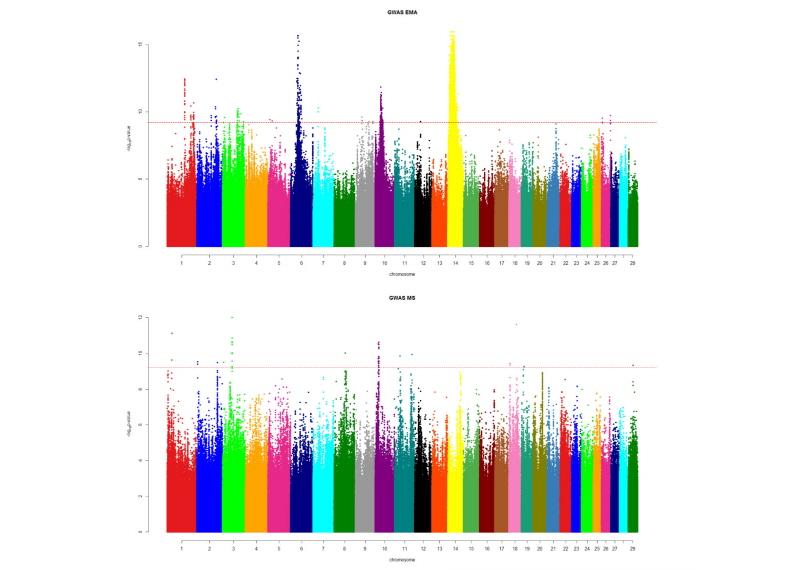Abstract
Intramuscular fat (IMF) is one of the most important traits in the meat industry. It has been positively correlated with tenderness, juiciness and an overall improved eating experience. It also attracts premium pricing and a much clearer market signal than any other production trait. In this short review, we summarize what is known about the genetic architecture of IMF in Korean Hanwoo cattle. There is a lot of discordancy and limited validation across the many IMF studies, which we suggest is driven to a large extent by the highly polygenic nature of the trait, with individual studies capturing different facets of the trait but never the full picture. A true handle on the functional genetics of marbling will require larger projects and concerted effort between researchers, industry and government. The payoff however has potential to be very high as IMF is the main determinant of profitability in the Hanwoo industry.
Acknowledgements
This project was supported by a grant from the Next-Generation BioGreen 21 Program PJ01134906 and PJ012611, Rural Development Administration, Republic of Korea and Australian Research Council (DP130100542).
Figures & Tables

GWAS for 24 months body weight and for IMF of 2,100 Hanwoo cattle using imputed sequence data (~15 million SNPs). While there are distinctive QTL for body weight, the signals for marbling are much less evident.


